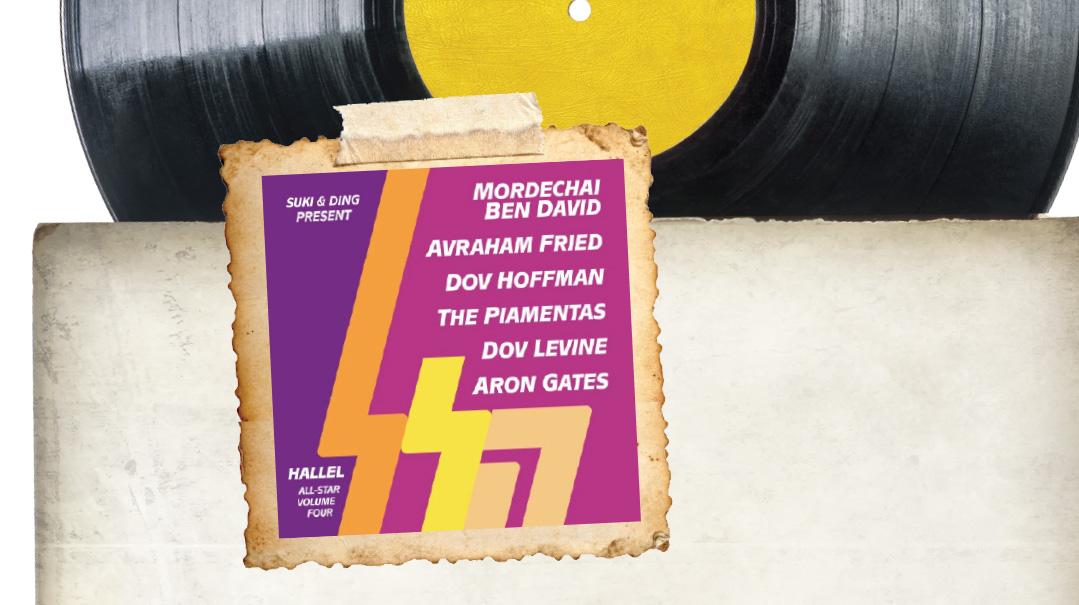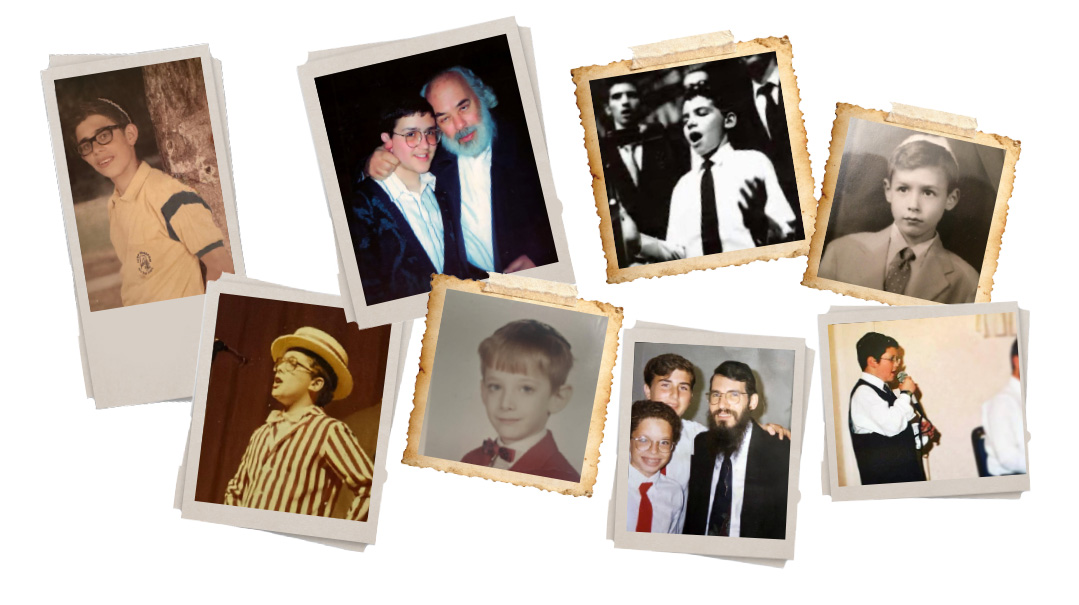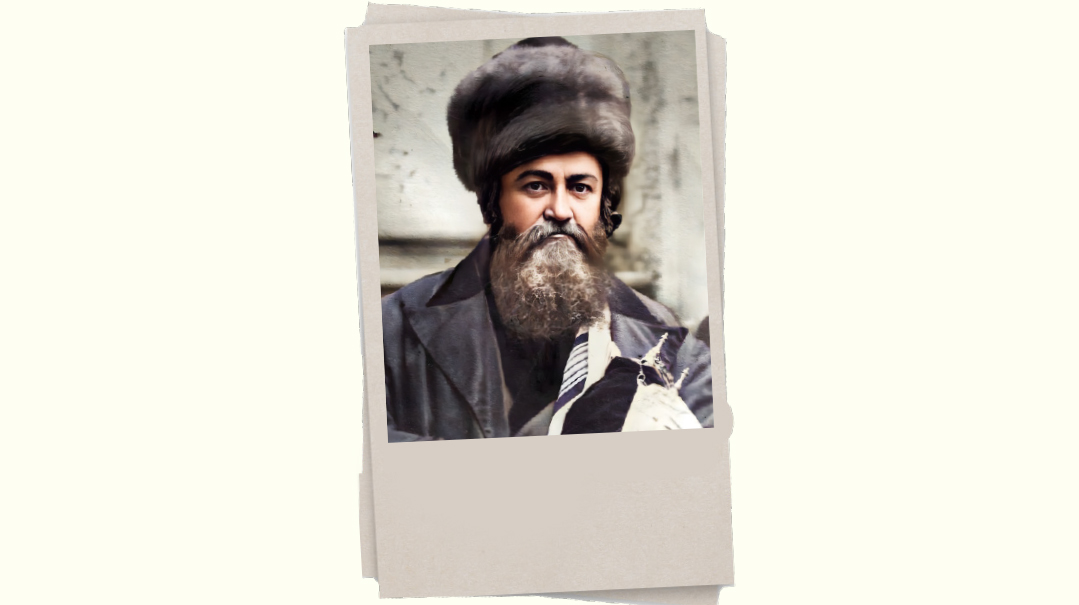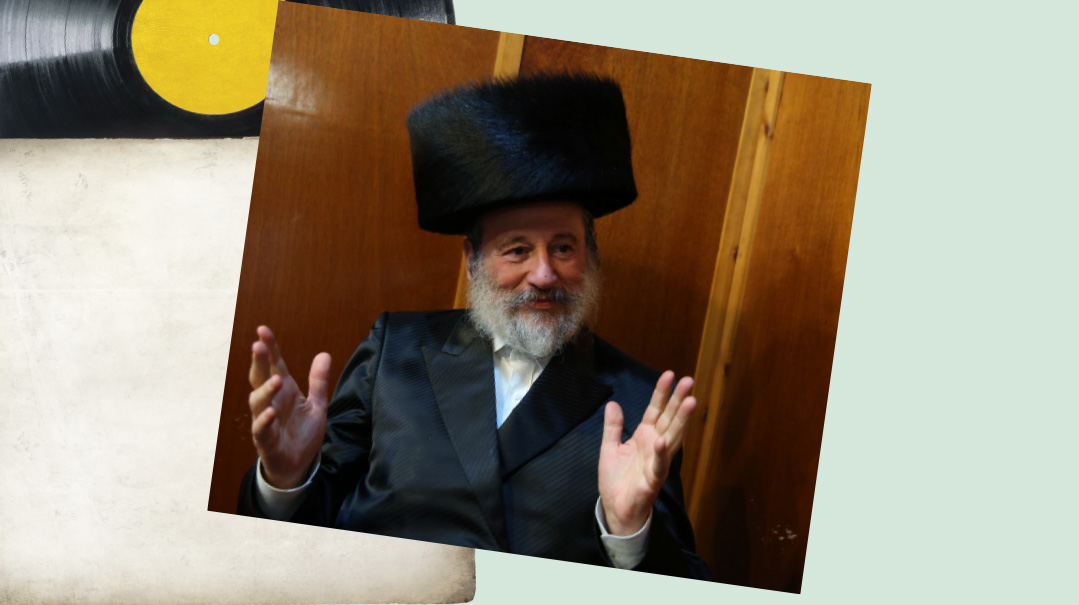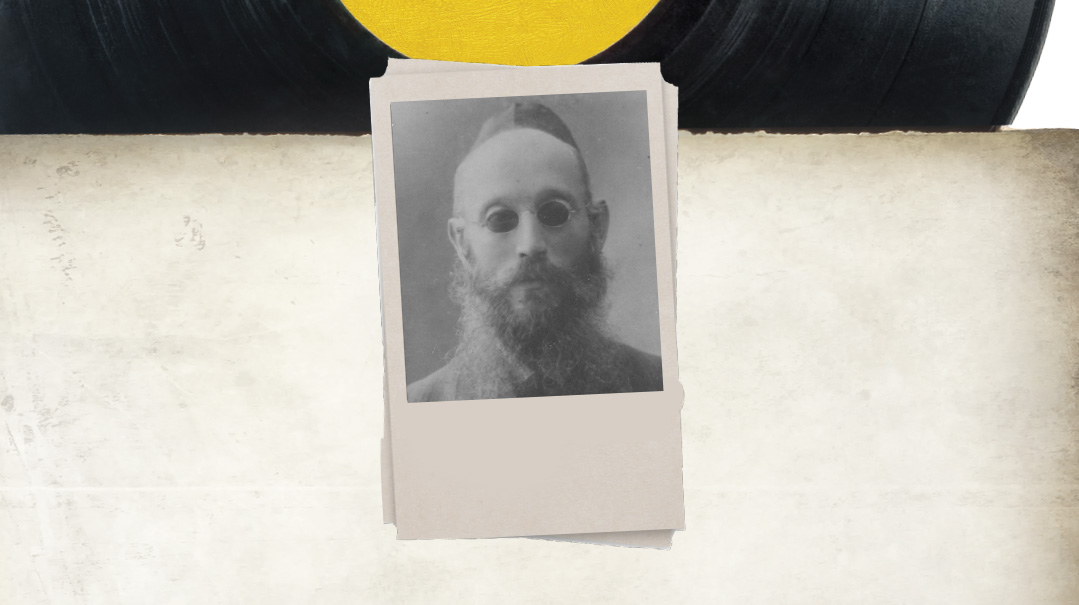The Chicken or the Egg?

Veteran producer Dovid Nachman Golding hosts a walk down musical memory lane
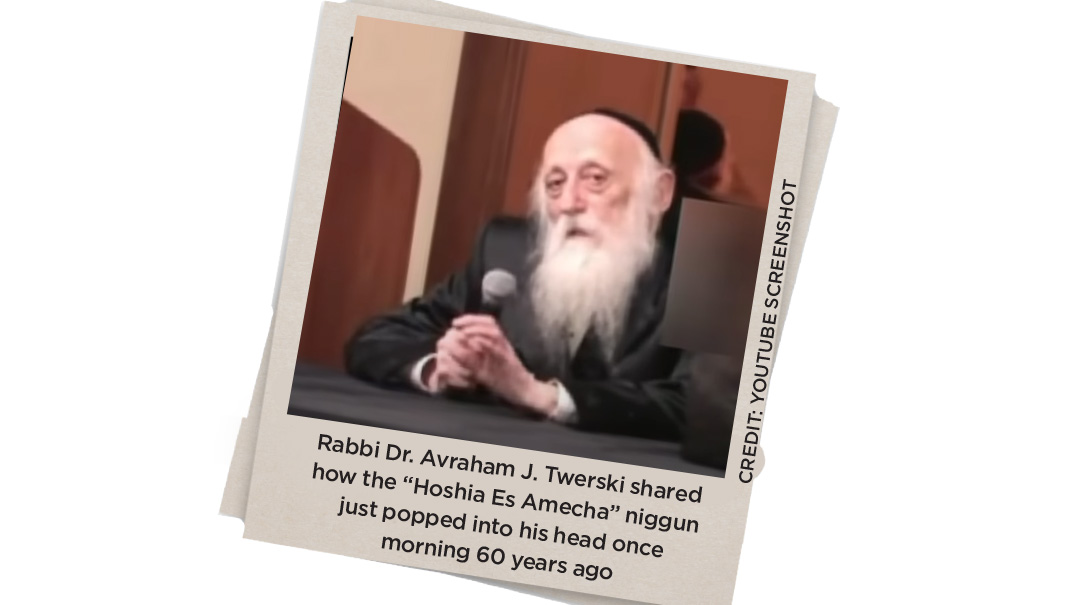
It’s a famous philosophical question, one that’s surely familiar to every reader of these pages: Which one of them came first?
In the music business, we have our version of that “fowl play” question as well. What comes first, the lyrics or the tune? I’ve had the pleasure of posing this query to many composers, and by and large, the answer is always, “It depends.” However, most in my survey said that if they’re writing an English song, first they write the lyrics, but when composing a niggun, it’s the opposite. The music generally comes first.
Yet when I posed the question to master composer Rabbi Baruch Chait, he said he believes that the strongest tunes are those whose melodies are written for specific words. That was definitely the case way back when he wrote his iconic “Kol Haolam Kulo” and “Min Hamaitzar.” However, he did mention that when it came to “Mi Ha’Ish” and “Rabos Machshavos,” the melodies came first on their own, and later the words were suggested by friends.
Rabbi Shmuel Brazil, who’s composed hundreds of songs, told me that in most cases — for him at least — the selection of words come first. However, in what is probably his most well-known composition, “Bilvavi Mishkan Evneh,” the tune came first. Sometime after that, he heard the words from his rebbi, Rav Yitzchok Hutner, who adapted them from the Sefer Chareidim. The song was on the first Ohr Chodosh album in the early 1970s, and eventually became what I believe is the most popular chuppah song ever.
Rabbi Avraham J. Twerski a”h, who wrote the famous “Hoshia Es Amecha” in 1960, often retold how when he was davening Shacharis one day and got to those words, the entire niggun just popped into his head. The following week, he sang it at the wedding of his youngest brother, and it caught on. Rabbi Twerski always felt that it was a gift from Hashem that brought people simchah for decades, and that’s why he requested that it be sung at his own levayah instead of hespedim.
My partner Suki Berry once told me that he felt that same Divine inspiration when he composed “Arukah Me’eretz Midah” (a haunting song with words from Iyov, referring to the mystery of Hashem whose measure is “longer than the earth and wider than the sea”), which was in fact the very first solo a much younger Avremel Fried recorded in his adult career, on the Amudai Shaish First Wedding Album produced by Sheya Mendlowitz back in 1980.
Shlomo Carlebach would say that his tunes were generally written with a particular text in mind, but as Shlomo fans know, those niggunim were often swapped for other words, many times by Reb Shlomo himself. Shlomo once told my friend Zale Newman how, when he went to visit the concentration camps in Auschwitz, he went inside the barracks with a tape recorder and composed several niggunim. Somehow the tape got lost, and Shlomo was never able to remember them. He told Zale that he felt that it was HaKadosh Baruch Hu’s way of saying that these songs were just between him and the holy Jews who perished.
Often, composers will send their songs to a producer (such as myself), because they aren’t sure if the niggun is really a good match for the words they’ve selected. Then it becomes the producer’s job to find the appropriate words for the new composition. Sometimes I’d get a tune without words and I’d be tasked with finding the perfect words to complement the niggun. One such example is a famed Stoliner niggun. We wanted to use it, but I just couldn’t come up with the perfect words, so I asked my friend Sheya Mendlowitz, and he put it to the words “Moshe emes veSoraso emes,” which went on to become a Simchas Torah and year-round classic (it’s on our 1997 golden collection called All the Best with Avraham Fried).
Abie Rotenberg says that when it comes to writing English songs, it’s usually the lyrics that come first (“The Ninth Man” is a classic example), but agrees that when it’s a niggun for a pasuk or Hebrew verse, it’s usually the niggun that comes first.
So, what’s the Torah’s perspective on the age-old question involving that poor chicken and her egg? The gemara in Rosh Hashanah brings the opinion that all animals were created in their mature form, which means the chicken came first. On the other hand, according to different sources, eggs were actually created before the creatures themselves. But when it comes to a song that touches the neshamah, with a captivating niggun and words that tug at the heart, which one is the chicken and which one is the egg? Either way, I’ll take mine sunny-side up.
(Originally featured in Mishpacha, Issue 934)
Oops! We could not locate your form.

